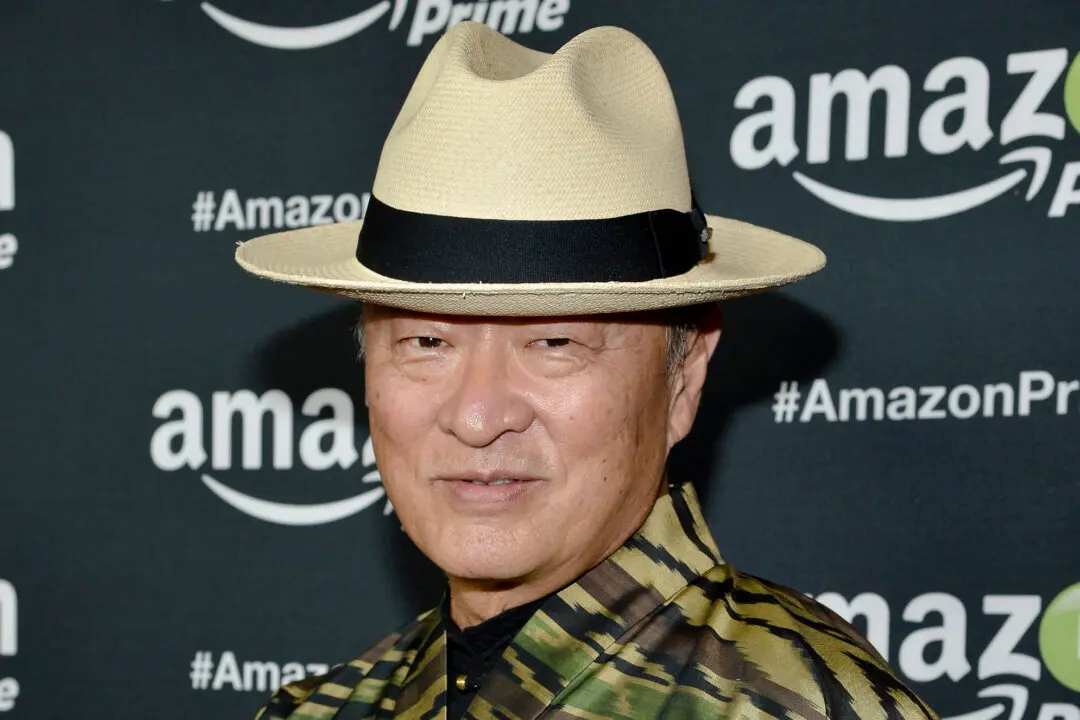The 96th Academy Awards, better known as the Oscars, will kick off this Sunday at the Dolby Theatre in Los Angeles, California. One of the movie industry’s biggest nights will see some of 2023’s best blockbuster films vie for the Academy Award for Best Picture.
However, “to encourage equitable representation on and off screen” and “better reflect the diversity of the movie-going audience,” this year’s category will feature one notable change: New representation and diversity standards.





